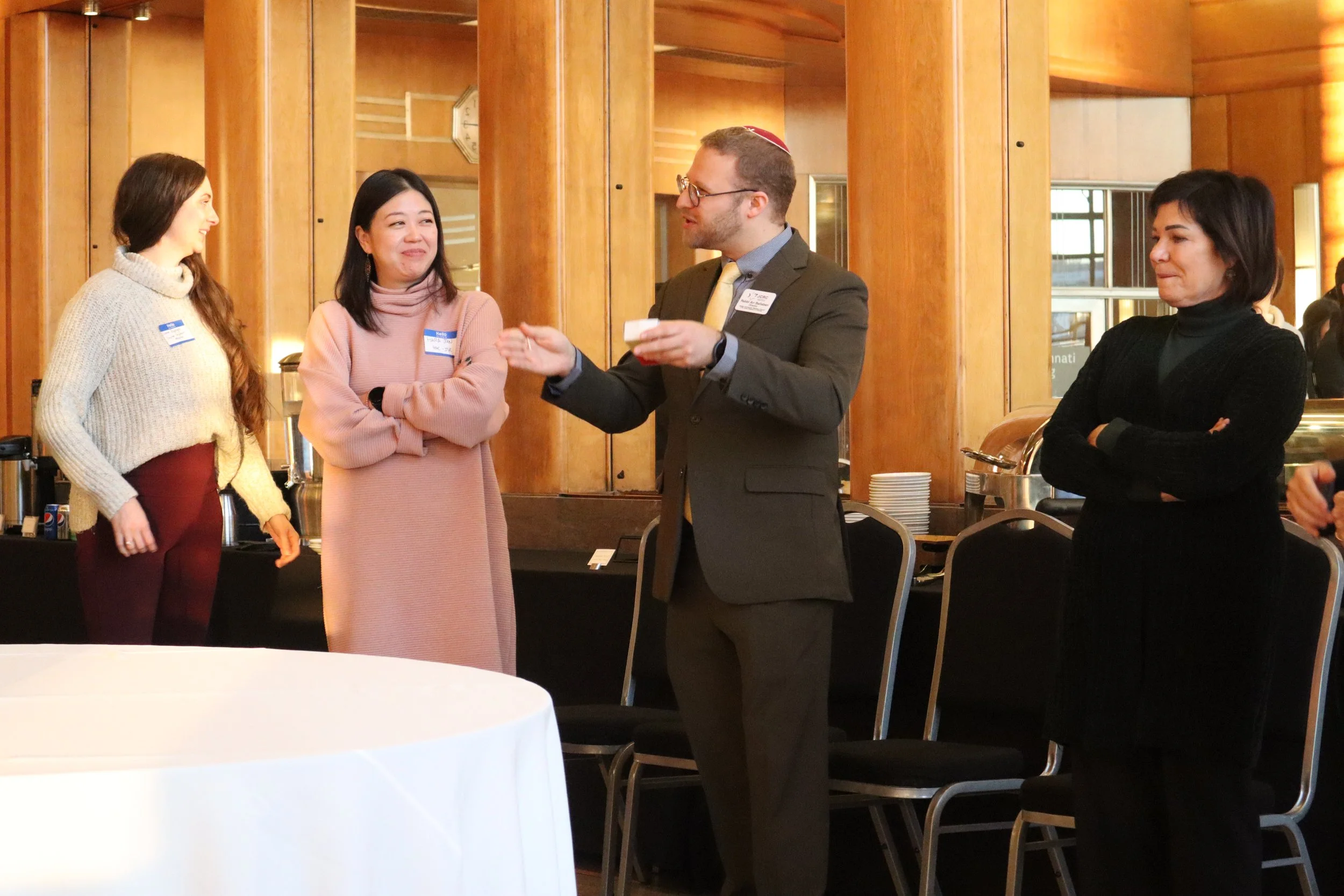The Power of Hanukkah Lights
An overarching principle of Jewish law is something called pikuach nefesh, the idea that one may violate almost any commandment if doing so is likely to save a person’s life. This principle—which one of my esteemed teachers, Dr. Rabbi Mark Washofsky, was wont to call the “Prime Directive” of Judaism—only has a few exceptions, one being that life-saving acts cannot require the unjustified killing of a different person. In other words, to save someone, you can’t swap one innocent life with another. This concept, pikuach nefesh, comes into focus in part of the Babylonian Talmud’s discussion of Hanukkah’s halakhah. We read in tractate Shabbat 21b that:
It is a mitzvah to place the hanukkiah* at the entrance to one’s house on the outside, [so that all can see it.]
If one lives upstairs, [and thus cannot place his hanukkiah on the ground outside his home,] he places it in the window adjacent to the public domain.
And in times of danger, [when publicly advertising one’s Jewishness to the general population may pose a risk,] he places it on the table and that is sufficient [to fulfill] his [obligation.]
While the concluding teaching in this passage explicitly revolves around the physical location of a hanukkiah, it implicitly concerns a larger question: What should we, as Jews, do at times when being visibly Jewish involves taking risks?
As we consider the implications of this talmudic teaching in our contemporary American lives, we ought to ask two important questions, one practical and the other ethical.
First, we should ask: Are we, truly, in a time when announcing our Jewishness to the greater world is dangerous? The evidence from historians and hate-crime trackers seems to indicate at least a qualified answer of “yes” to this question. Many scholars of American Jewish history, in addition to the ADL and SPLC, have noted that Antisemitism is on the rise—not just in the Arab world or in far-flung lands, not just in France or in the United Kingdom, but right here in the United States.
The second of the two questions that the talmudic text should raise for us, though—an ethical corollary to the first—is in many ways of much greater importance. It is: Would hiding our Jewishness, in response to either a real or perceived threat, actually increase the risk for others, both other Jews and those of other minority groups; would choosing to hide our Jewishness risk trading others’ safety for our own?
In a time when people of most minority groups around us feel oppressed, these are very important questions, and, in short, their answer is yes. If we hide our Jewishness, we risk making those of other minorities—those who don’t have the luxury of just, so to speak, “hiding the hanukkiah”—feel even more alienated in an increasingly hostile world.
Additionally, if we strive to be leaders (and shouldn’t we all!) there is even more for here to unpack. There is a Jewish ethical imperative for leaders to—if anything—proclaim their Jewish status more loudly than the “average Jew.” A refrain of Jewish law is the concept that leaders must be held to a higher standard than those who have not chosen to be prominent members of their community. The Aramaic phrase “adam chashuv shanei—אָדָם חֲשׁוּב שָׁאנֵי,” “an important person is different” comes up all the time in halakhic discussions. It represents our tradition’s recognition that our leaders bear a special responsibility for establishing the tenor of their community’s mood, its atmosphere. If those in the non-Jewish community see Jewish leaders hiding their Jewishness rather than showing it off, if they literally cannot see Jews, then they will assume Jews have abdicated their place at the table of those who have a stake in minority interests.
The moral here can be summed up in a relatively simple way: We can only be an or la-goyim, a “light unto the nations” if we place our lamps where the world can see them. We fulfill our duty as Jews, in particular, when we help to shoulder the burdens of our peers and when we stand alongside them.
Chag urim sameach—wishing everyone a happy Hanukkah!
*Hanukkiah is the technical, Hebrew term for candelabrum used on Hanukkah. It is, so to speak, a “Hanukkah Menorah.”

